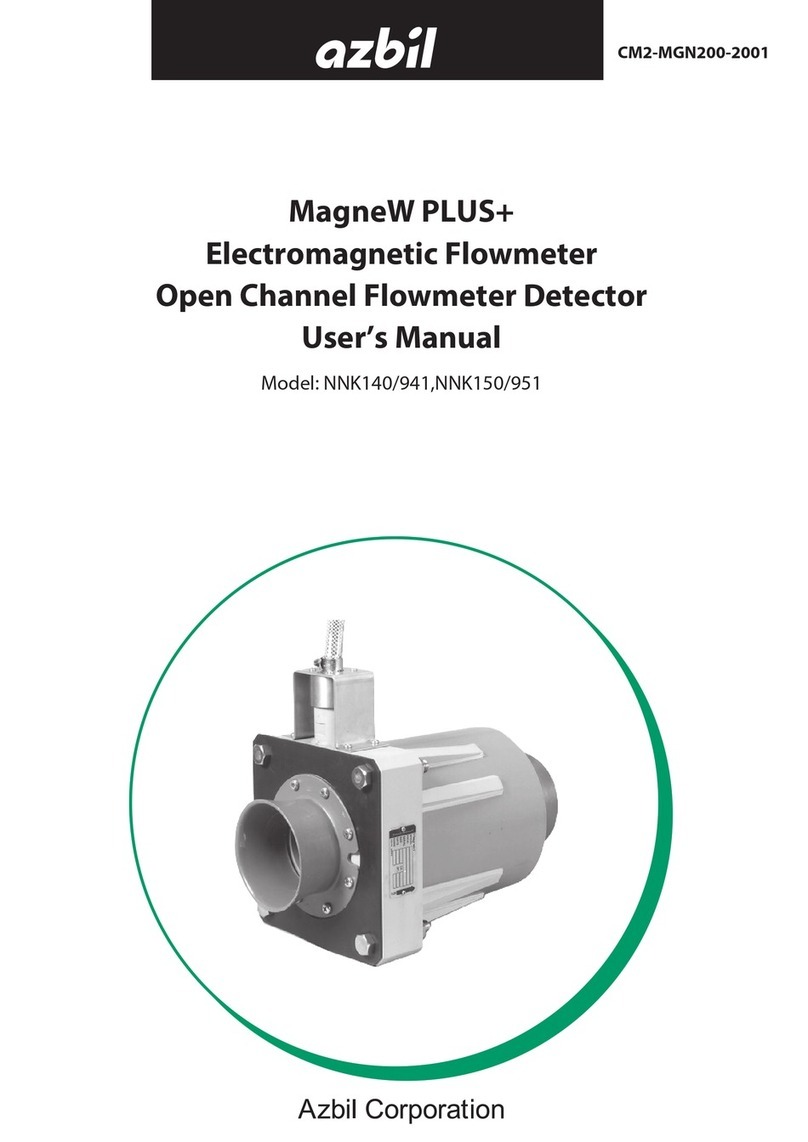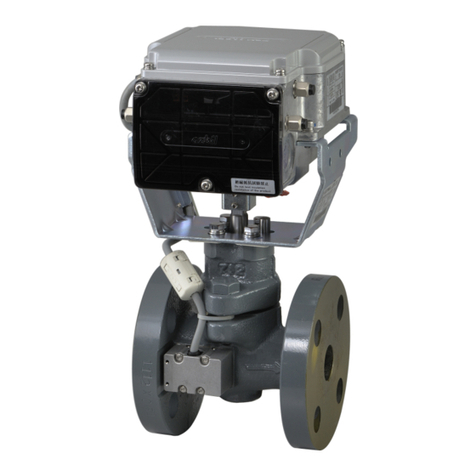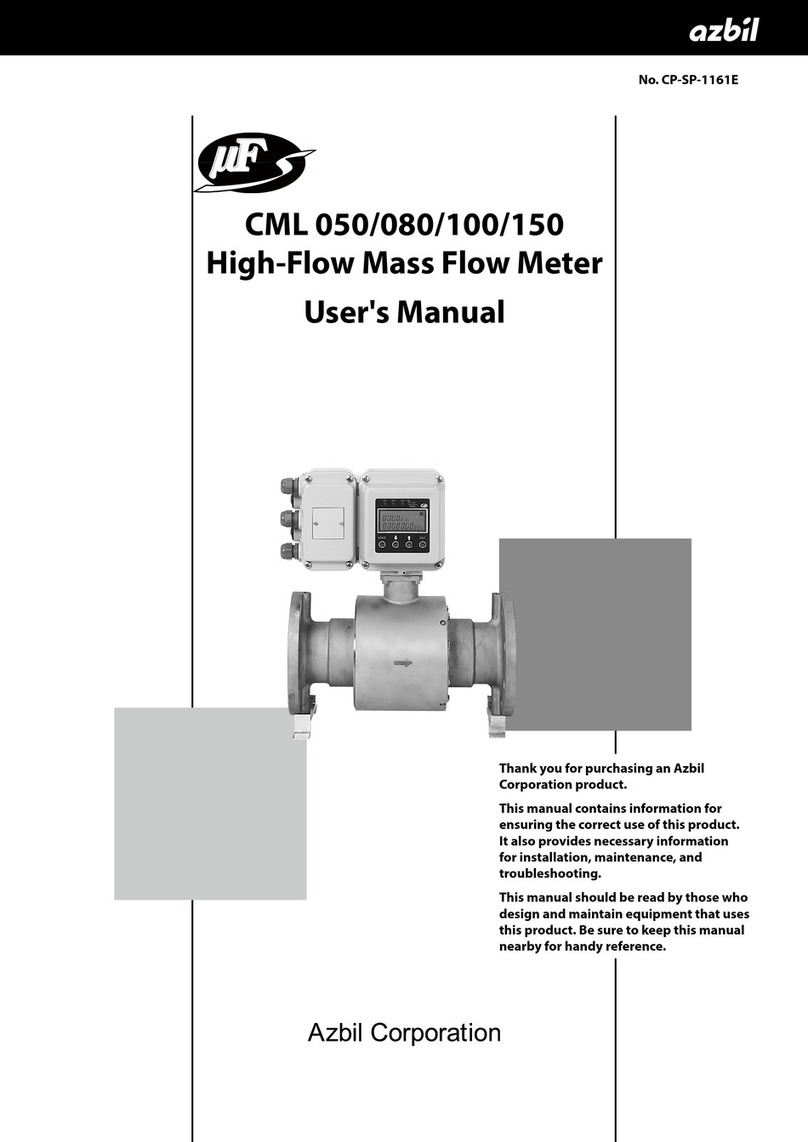Azbil mF MCF User manual
Other Azbil Measuring Instrument manuals

Azbil
Azbil CY8100C1000 User manual
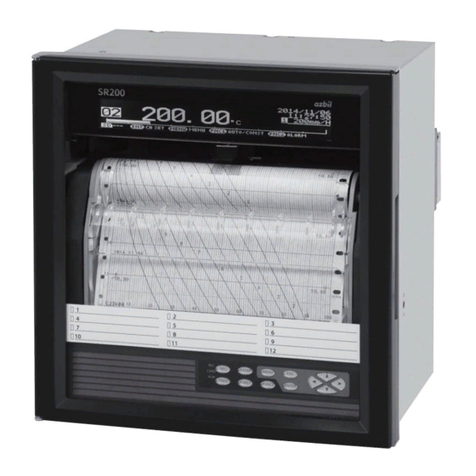
Azbil
Azbil SR Series User manual
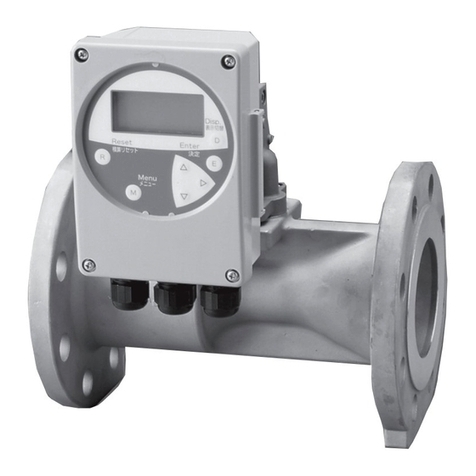
Azbil
Azbil MVC10A User manual

Azbil
Azbil 700 series User manual

Azbil
Azbil mF CMG Series User manual

Azbil
Azbil MagneW FLEX+ User manual

Azbil
Azbil NWA300 User manual
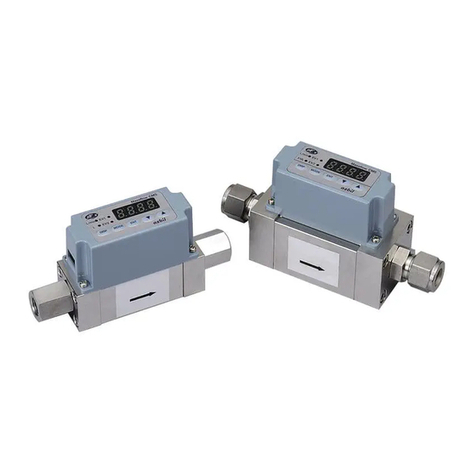
Azbil
Azbil Micro Flow CMS9500 User manual
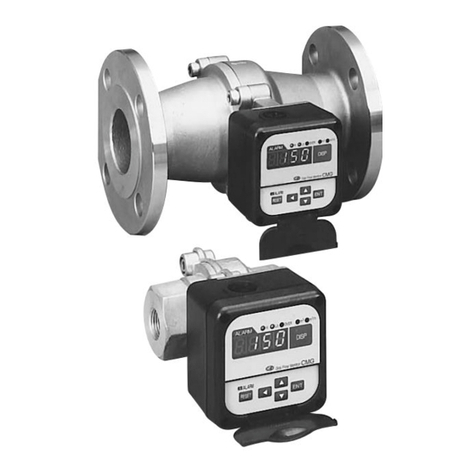
Azbil
Azbil mF CMG Series User manual
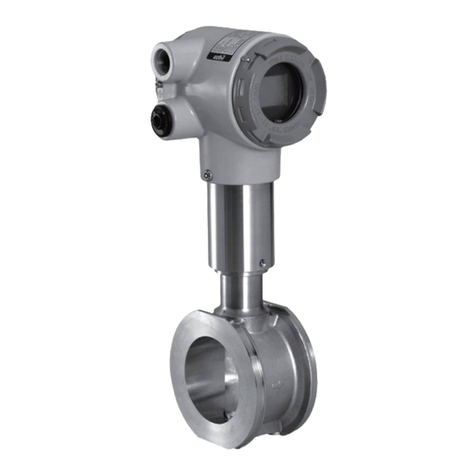
Azbil
Azbil MVF Series User manual
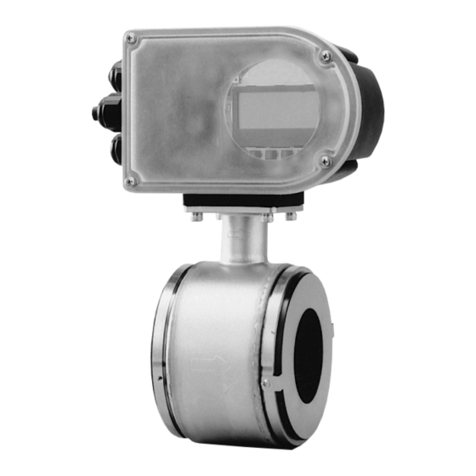
Azbil
Azbil MCB10A User manual
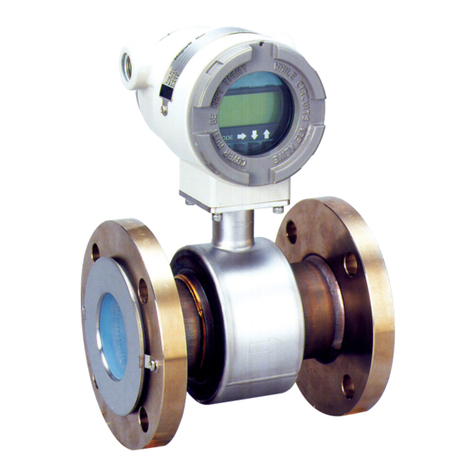
Azbil
Azbil MagneW Neo PLUS User manual
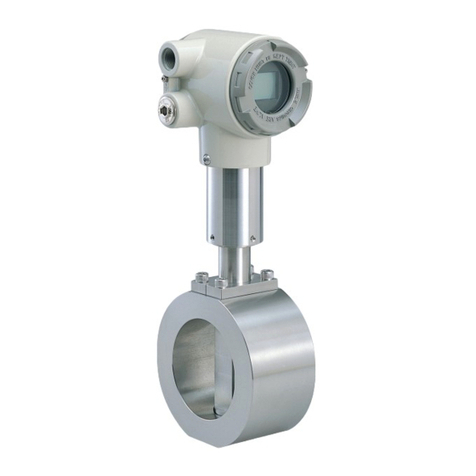
Azbil
Azbil mF MVF Series User manual
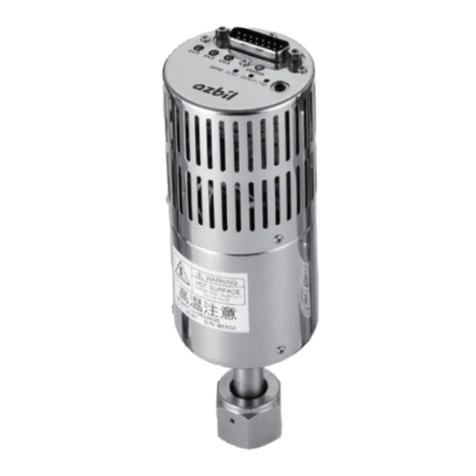
Azbil
Azbil SPG Series User manual

Azbil
Azbil MagneW 3000 User manual
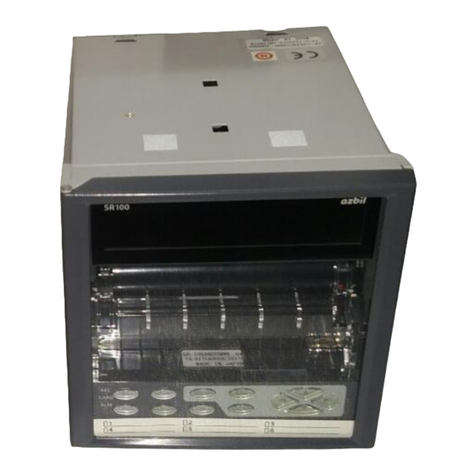
Azbil
Azbil SR100 User manual
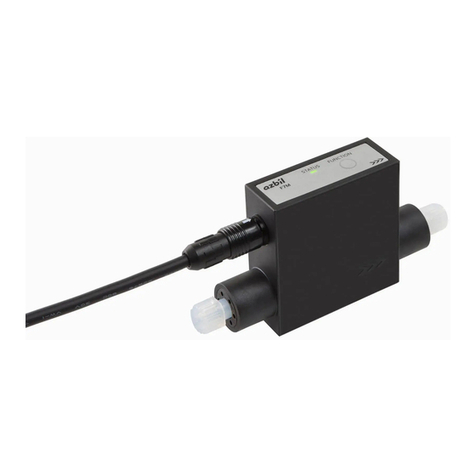
Azbil
Azbil SLP-F7M User manual
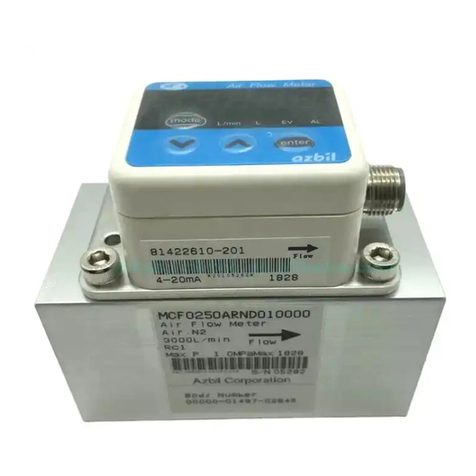
Azbil
Azbil MCF0080 User manual
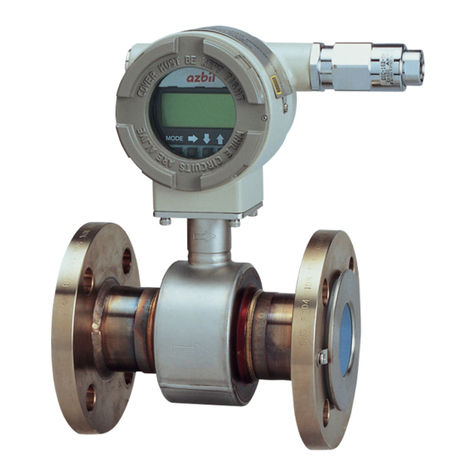
Azbil
Azbil MagneW Two-wire PLUS+ MTG15A User manual
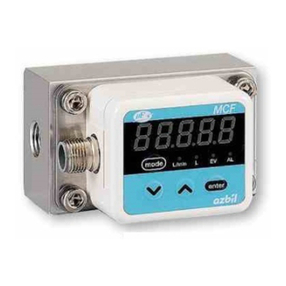
Azbil
Azbil MCF Series User manual
Popular Measuring Instrument manuals by other brands

Powerfix Profi
Powerfix Profi 278296 Operation and safety notes

Test Equipment Depot
Test Equipment Depot GVT-427B user manual

Fieldpiece
Fieldpiece ACH Operator's manual

FLYSURFER
FLYSURFER VIRON3 user manual

GMW
GMW TG uni 1 operating manual

Downeaster
Downeaster Wind & Weather Medallion Series instruction manual

Hanna Instruments
Hanna Instruments HI96725C instruction manual

Nokeval
Nokeval KMR260 quick guide

HOKUYO AUTOMATIC
HOKUYO AUTOMATIC UBG-05LN instruction manual

Fluke
Fluke 96000 Series Operator's manual

Test Products International
Test Products International SP565 user manual

General Sleep
General Sleep Zmachine Insight+ DT-200 Service manual
